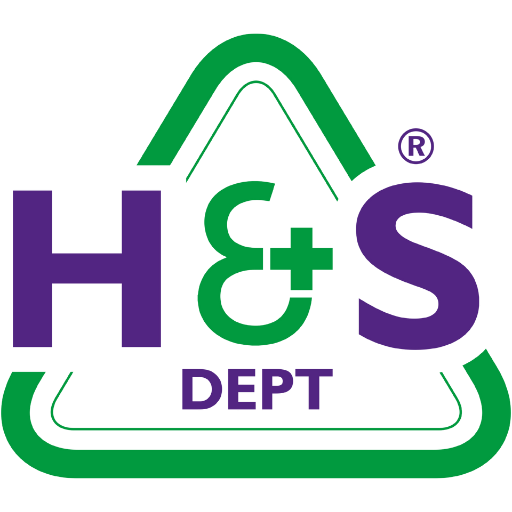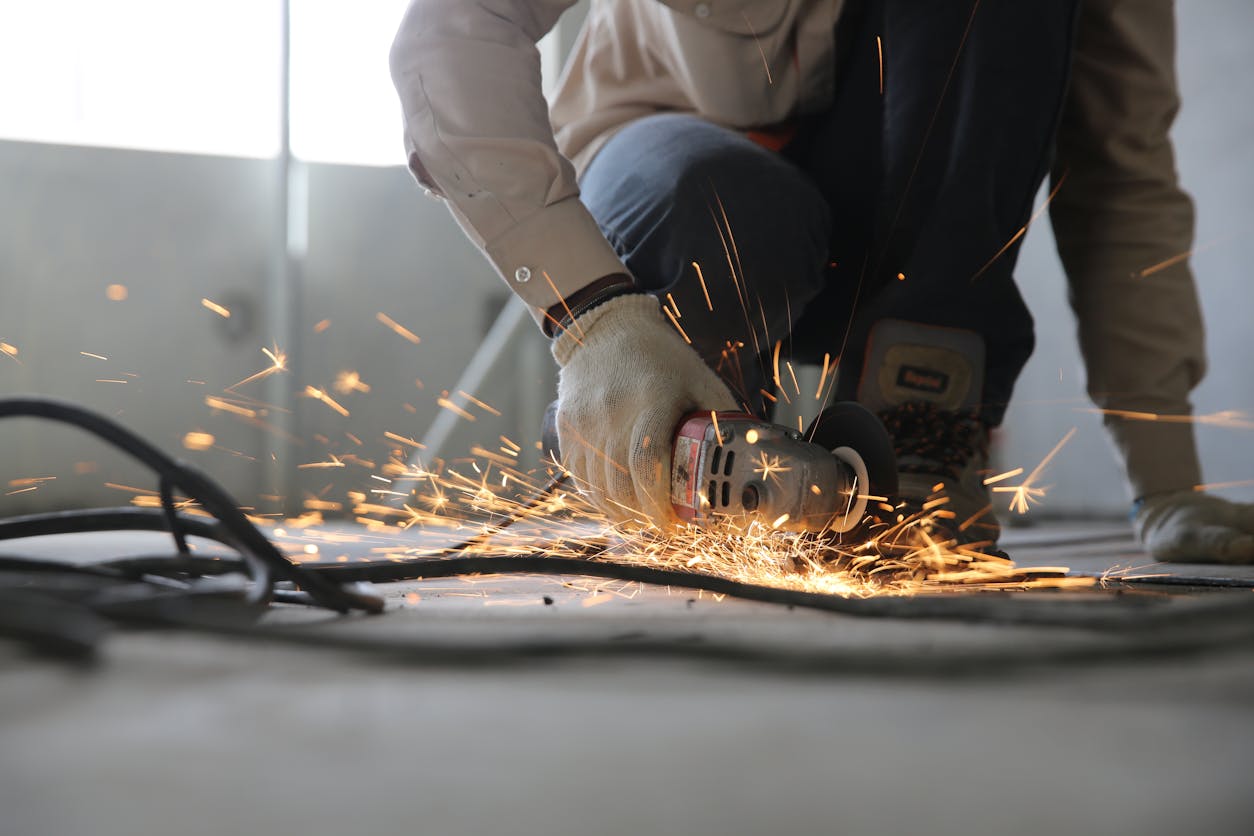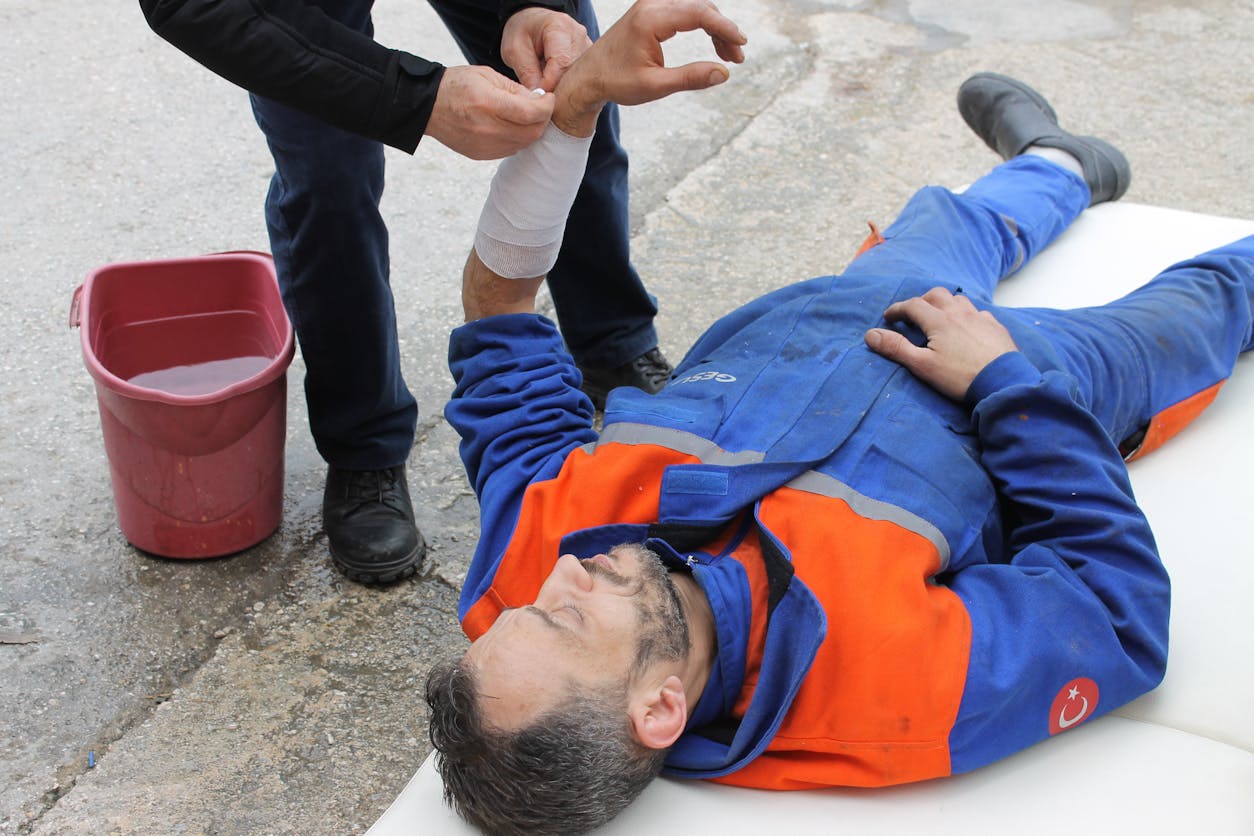No matter how careful you are, accidents can and do happen in the workplace. For small and medium-sized businesses, where resources are already stretched, even a minor incident can feel overwhelming. Questions quickly arise: what do you do first? Who do you need to tell? How do you stop it from happening again?
The good news is that with a clear, step-by-step approach, you can deal with an incident calmly, protect your staff, and keep your business compliant. Here’s a practical post-incident checklist designed with SMEs in mind.
Step One: Secure the Scene and Support the Injured
The very first priority after any incident is safety. If someone is hurt, make sure they receive appropriate first aid and call emergency services if needed. At the same time, secure the area so that nobody else is put at risk. That might mean switching off equipment, cordoning off a walkway, or stopping work altogether until it’s safe to continue.
It’s also important to preserve the scene as best you can. Resist the temptation to tidy up straight away, because any evidence of what happened – from faulty equipment to spillages – will be vital in understanding the root cause later.
Step Two: Record What Happened
As soon as things are under control, start recording the details of the incident. The basics – who was involved, what time it happened, where it occurred, and what the immediate consequences were – should all be captured while memories are still fresh.
Encouraging staff to write down their observations or provide a short statement can make your eventual investigation more accurate. Even small details, like poor lighting or an unusual noise, may prove important when piecing events together.
Step Three: Consider Your Legal Duties Under RIDDOR
In the UK, certain incidents must be reported to the Health and Safety Executive (HSE) under the Reporting of Injuries, Diseases and Dangerous Occurrences Regulations 2013 – often referred to as RIDDOR.
These include serious injuries such as fractures, amputations, or burns, but also work-related deaths, some occupational diseases, and specific dangerous occurrences that could have led to serious harm. Even injuries that keep a worker away from their role for more than seven consecutive days are reportable.
The rules can feel complicated, especially when you’re already dealing with the stress of an incident. But failing to report when you should can leave you open to fines or other enforcement action. That’s why many SME owners find reassurance in having an expert adviser, like The Health & Safety Dept, on hand to confirm what needs reporting and to ensure it’s done correctly and on time.
Step Four: Investigate the Root Cause
Once the immediate aftermath is dealt with, it’s time to ask the big question: why did this happen? A proper investigation isn’t about blame, but about learning lessons.
Start by talking to the people involved and any witnesses, while events are still clear in their minds. Look at maintenance records, training logs, and your latest risk assessments. Was equipment overdue for inspection? Were staff trained but perhaps rushing due to workload? Did fatigue, stress, or the layout of the workspace play a part?
Often, what seems like a one-off mistake can actually point to a bigger issue – like a lack of training, a poorly designed process, or unrealistic deadlines. By digging deeper, you can uncover the true root cause and take meaningful action to stop it happening again.
Step Five: Put Corrective Measures in Place
The findings of your investigation should feed directly into corrective action. This may involve repairing or replacing equipment, rearranging workspaces, or updating risk assessments. Sometimes the changes are small – like better signage or improved lighting – while in other cases, they may require new training programmes or revised policies.
What matters is that action is taken quickly and effectively. Employees will want reassurance that lessons have been learned and that the same incident won’t simply repeat itself. Following through on corrective measures also demonstrates to regulators that you take your responsibilities seriously.
Step Six: Communicate Clearly With Your Team
Incidents can unsettle a workforce, particularly in smaller businesses where everyone knows each other. Honest and timely communication makes all the difference.
Explain what happened, what steps you’ve taken in response, and what changes are being introduced. Sharing lessons learned not only prevents rumours from spreading but also helps create a culture of openness around health and safety. Staff should feel confident that raising concerns will be taken seriously, and that their wellbeing is your top priority.
If external stakeholders are involved – such as contractors, suppliers, or clients – keep them informed where necessary. Transparency protects your reputation and shows that you are proactive about safety.
Step Seven: Monitor and Review
Dealing with an incident doesn’t end once corrective measures are put in place. It’s just as important to check that those measures are working. Monitor whether new processes are being followed, whether risks have truly been reduced, and whether staff feel safer as a result.
Regular reviews of your policies and risk assessments will help ensure your systems keep pace with any changes in your workplace. Scheduling follow-up inspections or refresher training can make improvements stick, rather than fade away once the immediate memory of the incident passes.
The Health & Safety Dept: Your Partner in Post-Incident Management
Managing a workplace incident is stressful at the best of times, and for SME owners it often comes on top of an already heavy workload. From understanding your reporting obligations under RIDDOR to carrying out thorough investigations, there’s a lot to get right.
The Health & Safety Dept is here to support you every step of the way. Our experienced advisers can:
- Guide you through the immediate aftermath, helping you take the right actions.
- Confirm whether incidents need to be reported and ensure compliance with RIDDOR.
- Conduct or assist with investigations, identifying both surface issues and underlying root causes.
- Recommend practical, cost-effective corrective measures tailored to your business.
- Provide training and policy updates to strengthen your long-term safety culture.
With our help, you can move from a reactive response to a proactive safety strategy – protecting your people, reducing future risks, and giving you peace of mind.
If you’d like advice on managing incidents, or want to be prepared before one occurs, get in touch with us today. Together, we can make sure your workplace is not only compliant but a safe and supportive environment for your people.











